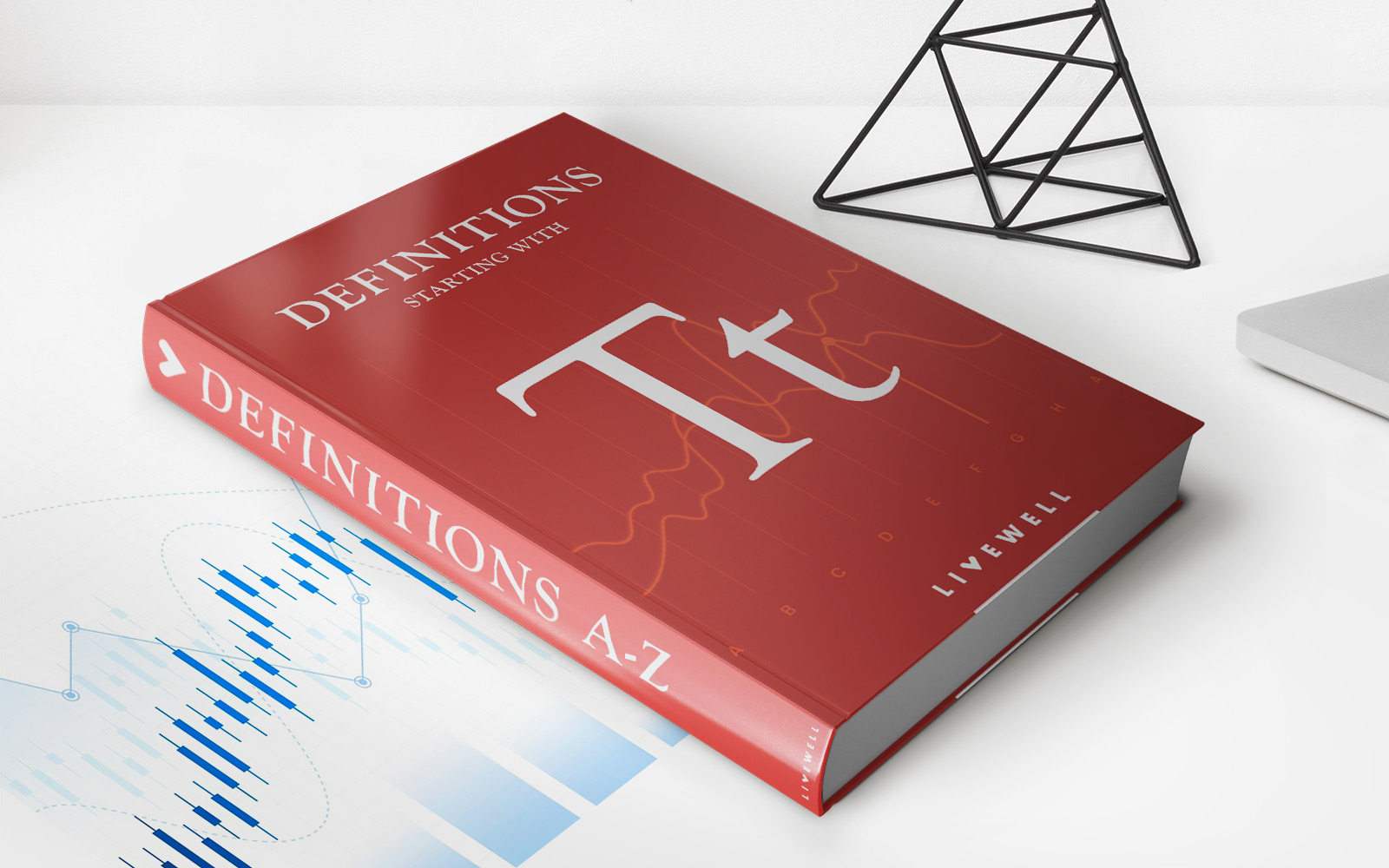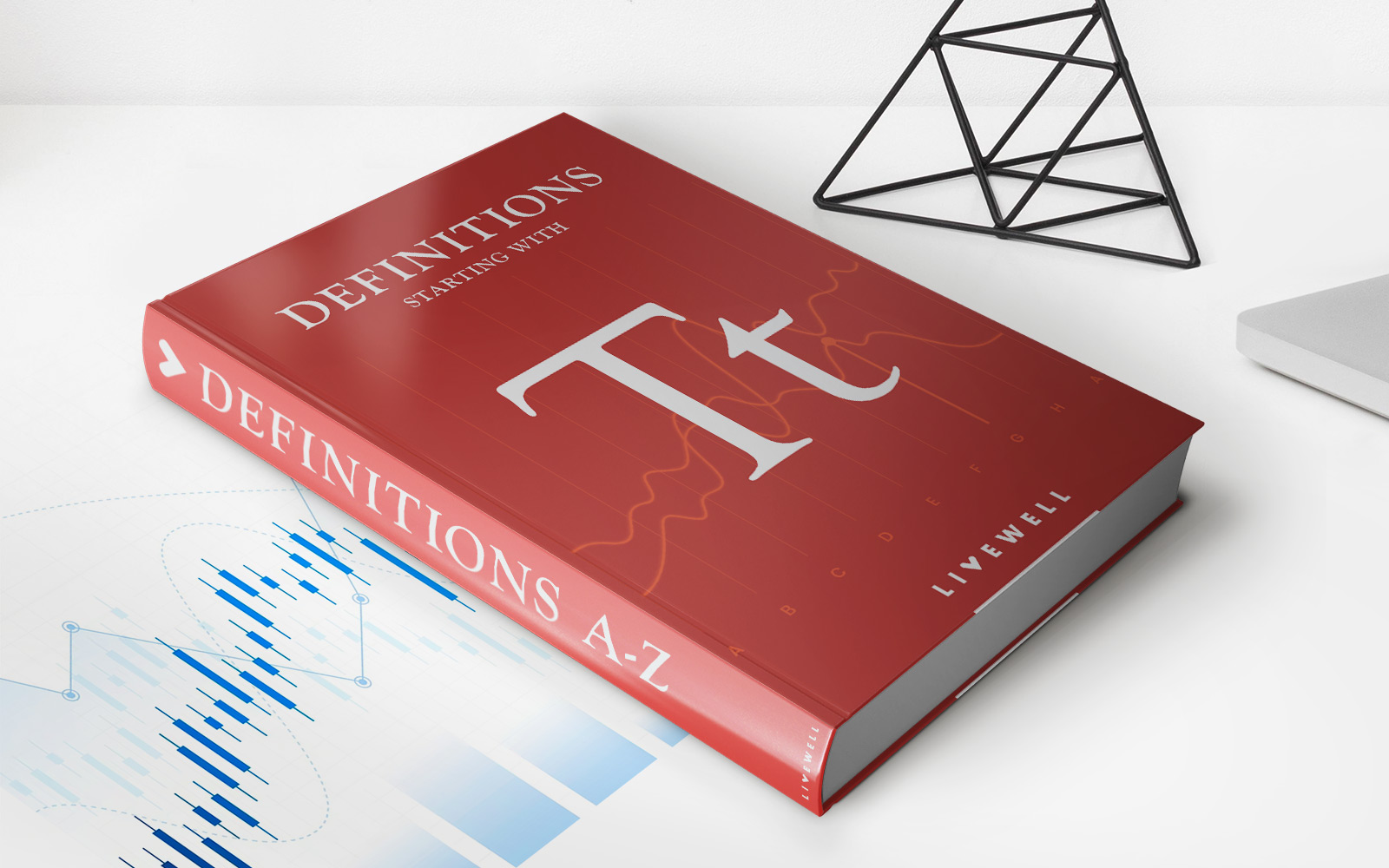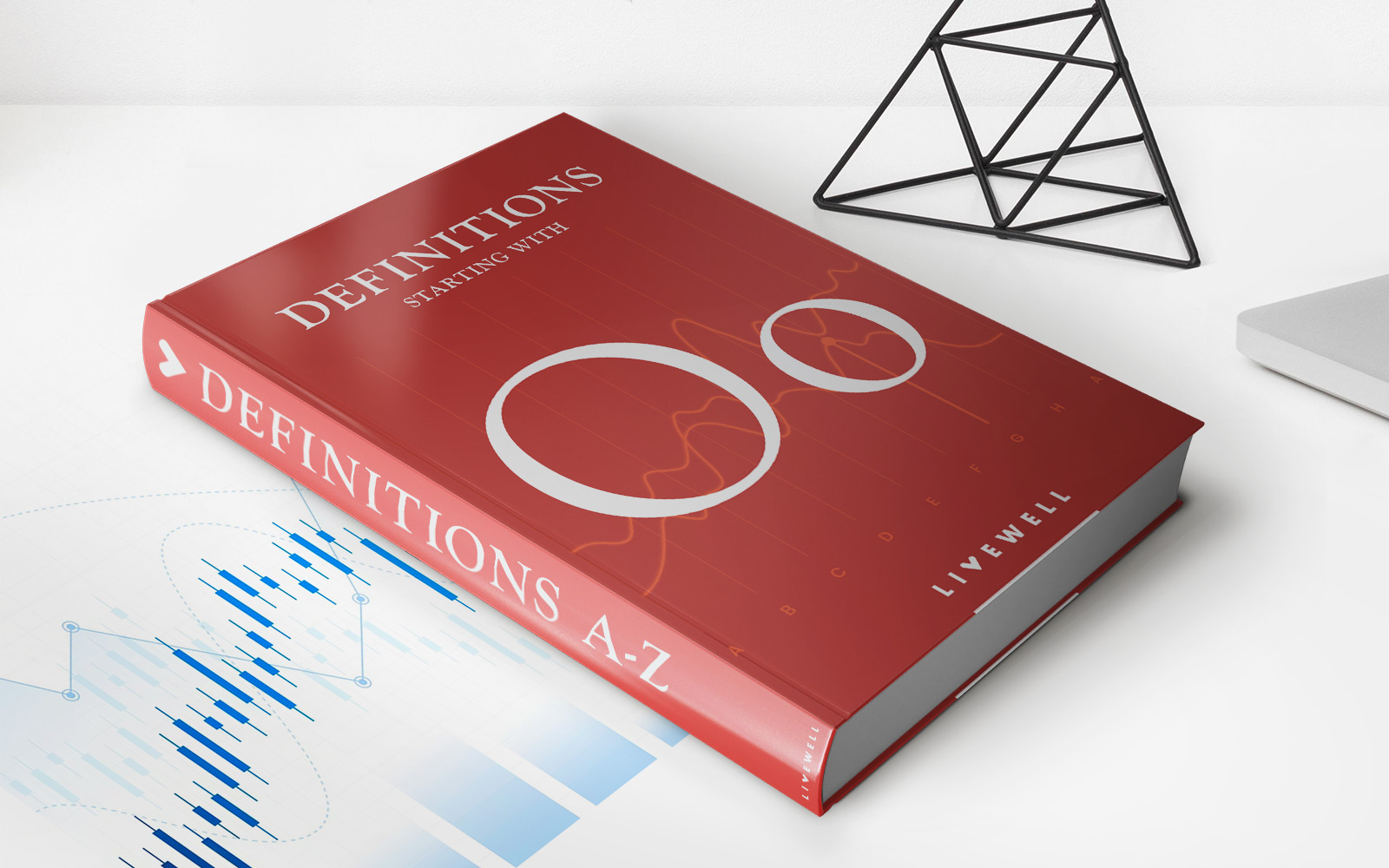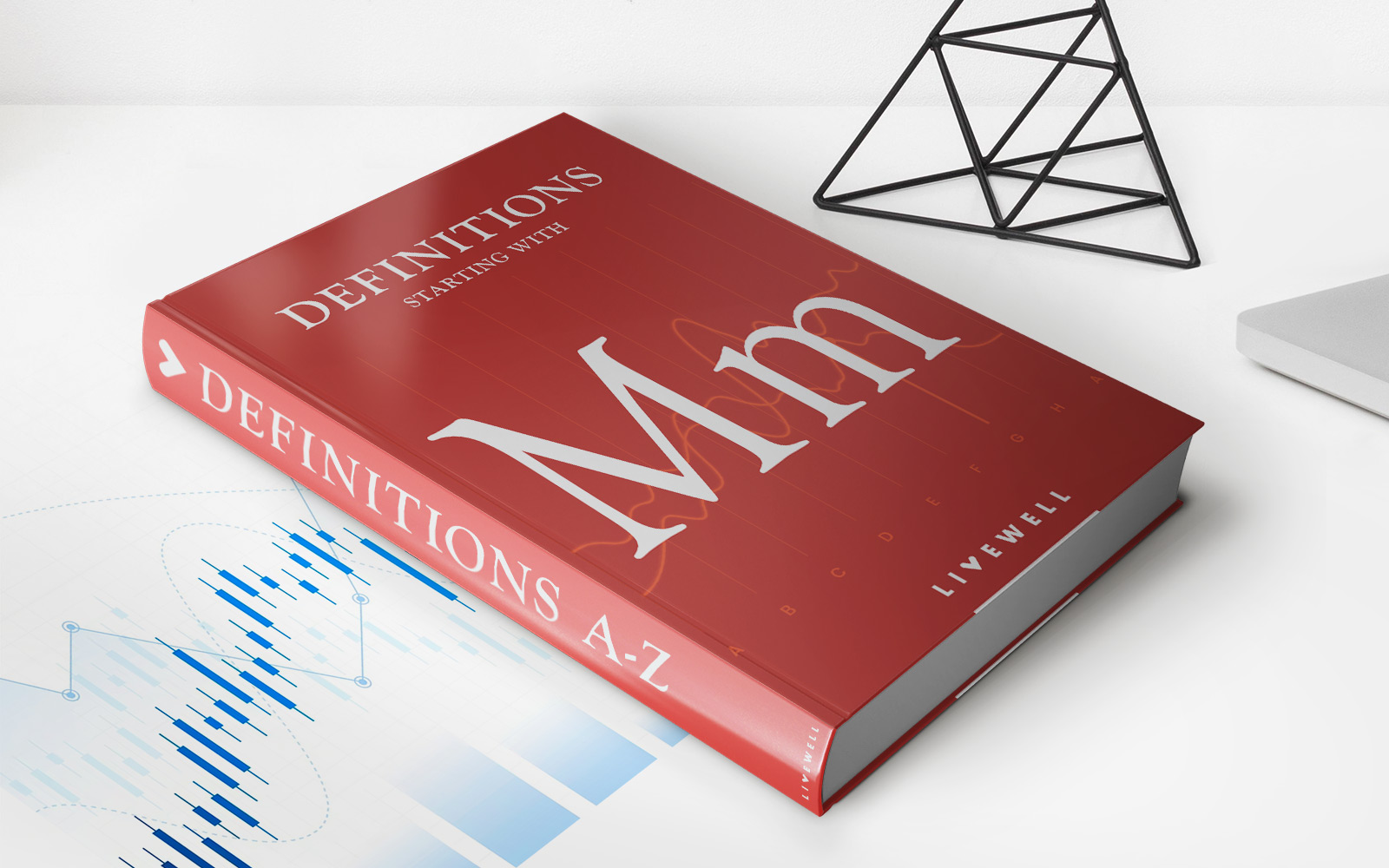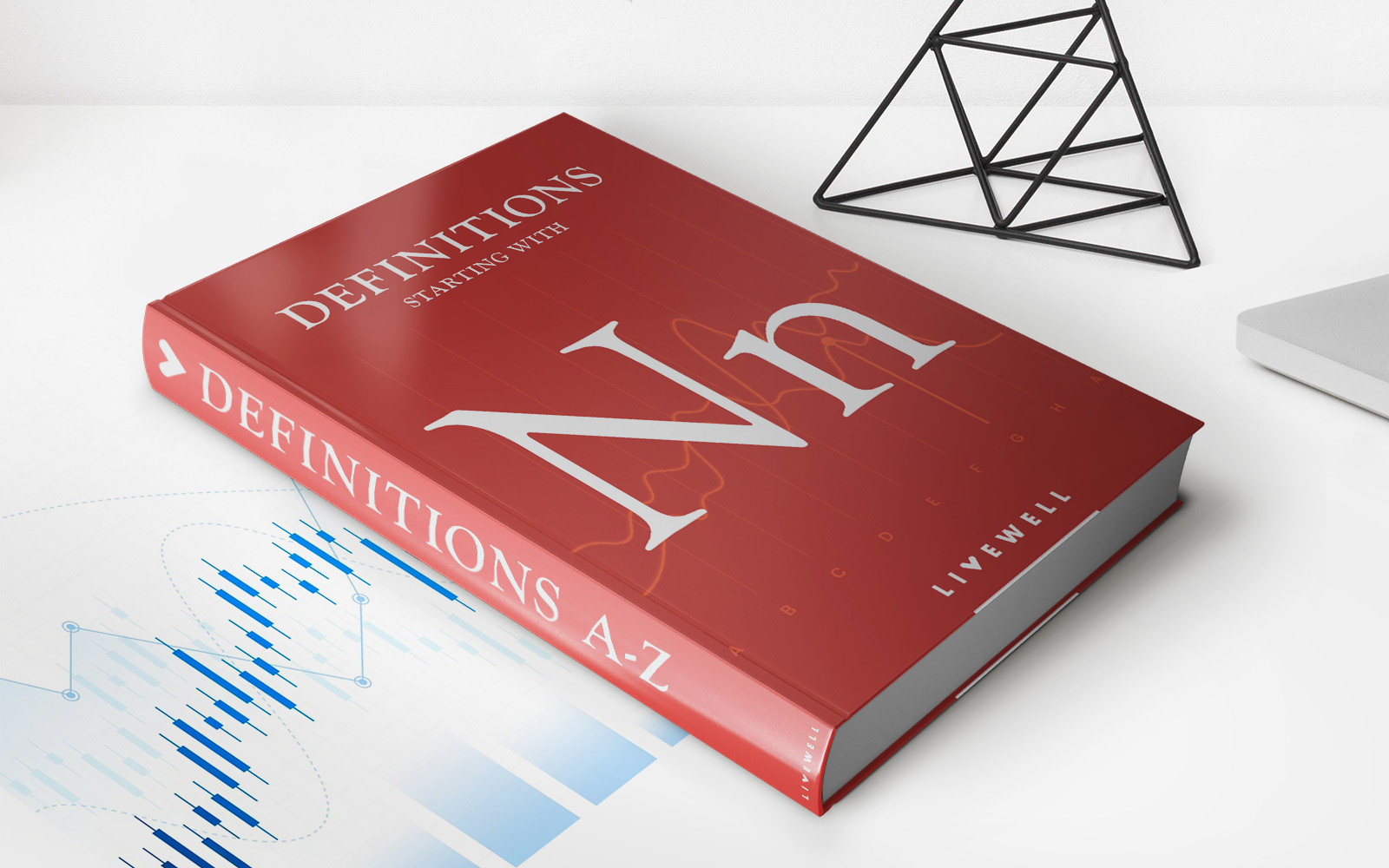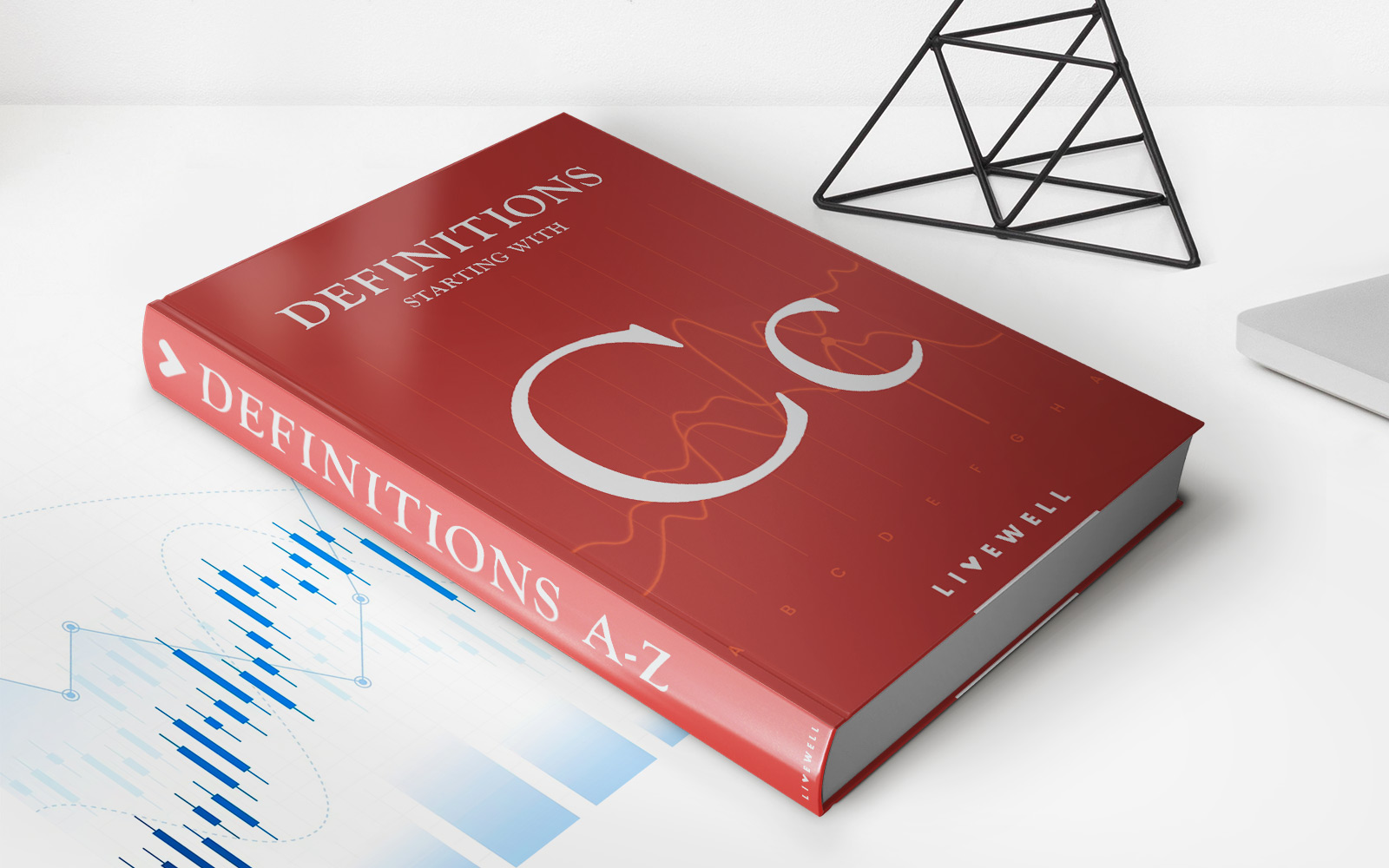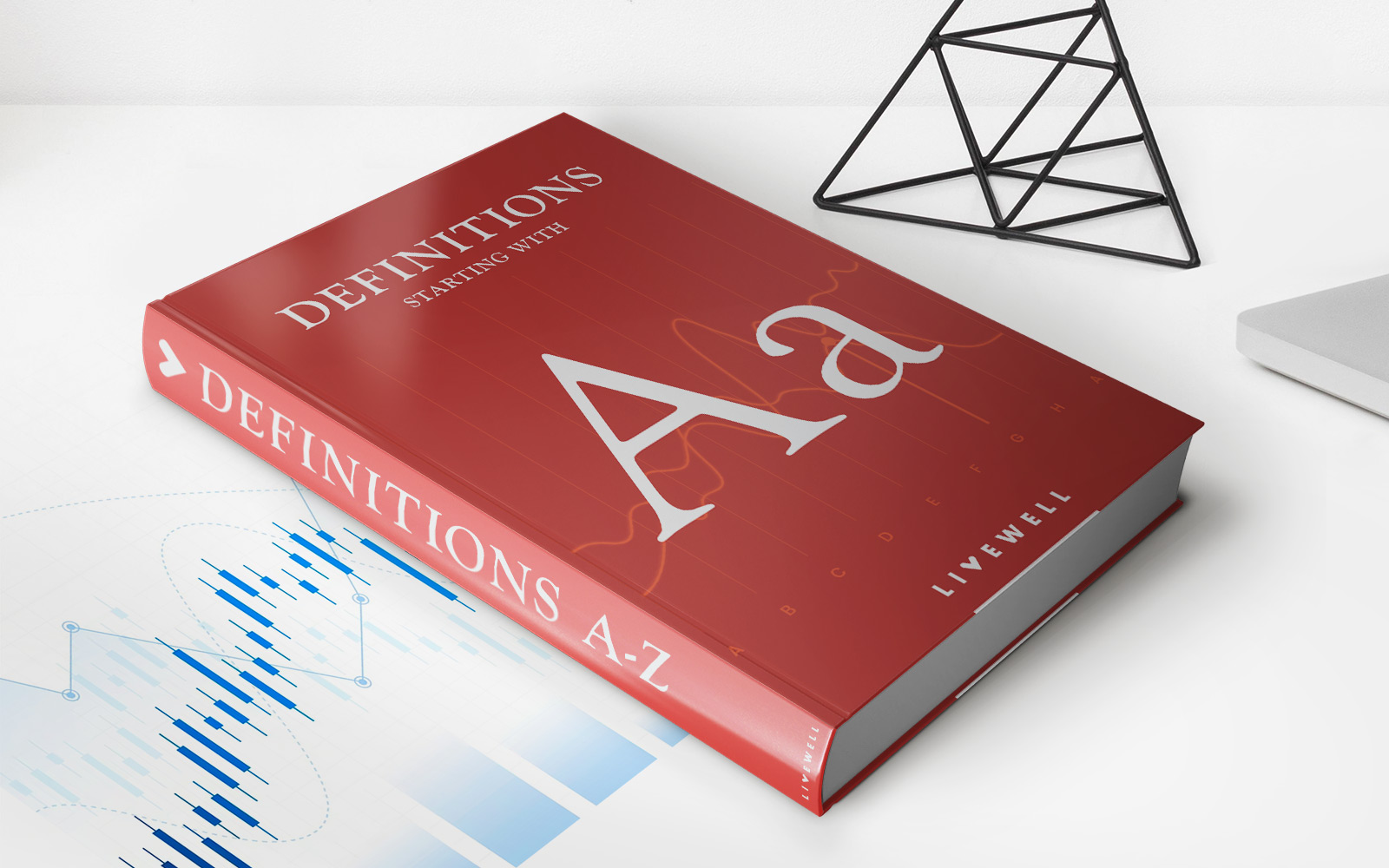Home>Finance>Cash Trading Definition, Rules, Vs. Margin Trading
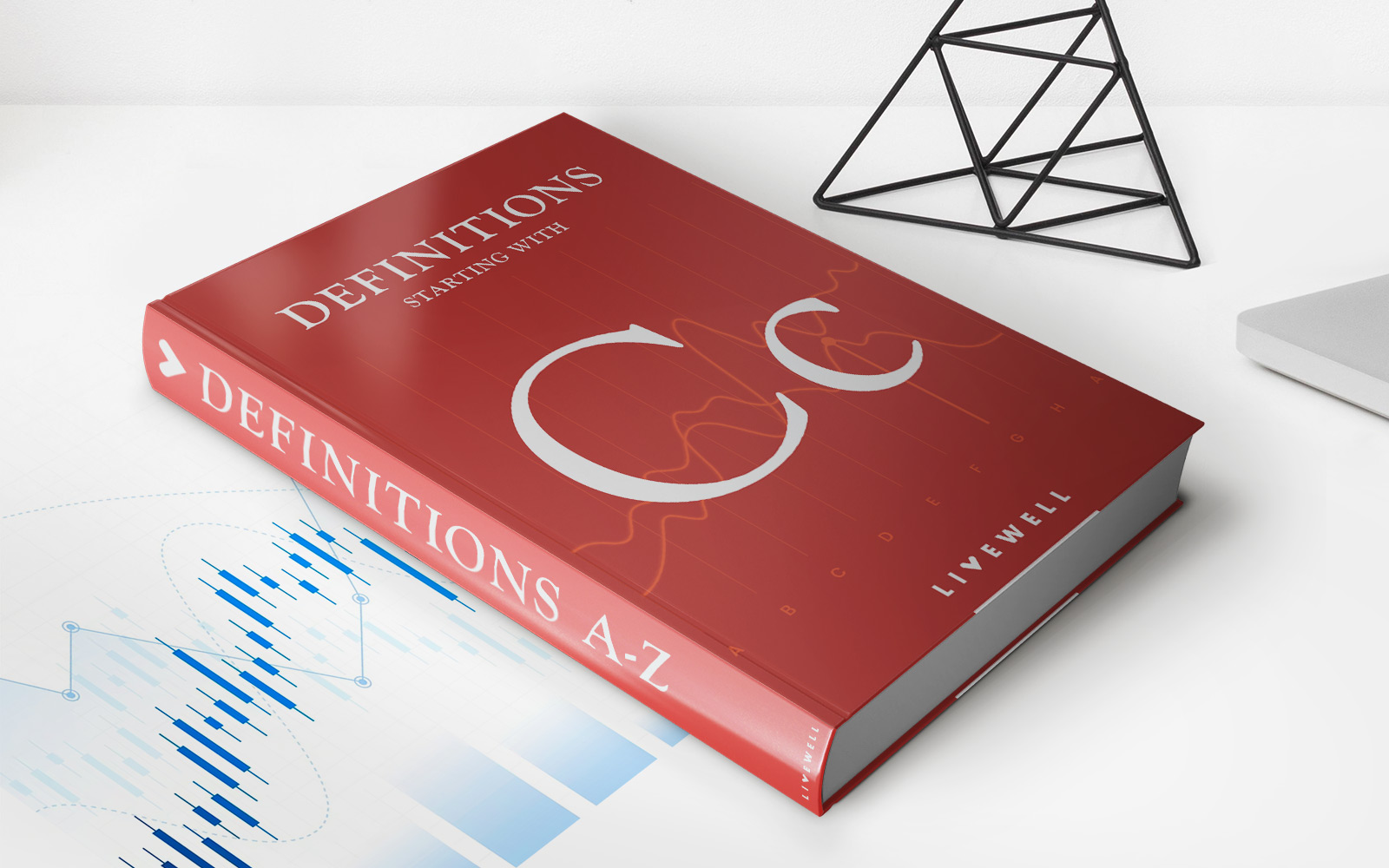

Finance
Cash Trading Definition, Rules, Vs. Margin Trading
Published: October 24, 2023
Learn the definition, rules, and differences between cash trading and margin trading in finance. Understand how these concepts impact investment strategies.
(Many of the links in this article redirect to a specific reviewed product. Your purchase of these products through affiliate links helps to generate commission for LiveWell, at no extra cost. Learn more)
Cash Trading Definition, Rules, Vs. Margin Trading: Explained and Simplified
When it comes to investing in the financial markets, there are several different strategies and options available. Two common methods of trading are cash trading and margin trading. Understanding the differences between these two approaches is essential for anyone looking to make educated investment decisions. In this article, we will explore the definition, rules, and key differences between cash trading and margin trading.
Key Takeaways:
- Cash trading involves buying and selling securities using funds that are readily available in your account, without borrowing from a third-party.
- Margin trading, on the other hand, allows you to borrow funds from a broker to make trades, amplifying your buying power.
Cash Trading: What is it?
Cash trading is a straightforward and popular method of buying and selling securities. With cash trading, you use the funds that are readily available in your account to purchase assets. In simple terms, you can only trade with the funds you have deposited, ensuring you don’t borrow any additional money to make trades.
Rules surrounding cash trading tend to be more straightforward and less complex compared to margin trading. The main advantage of cash trading is the elimination of interest costs or margin calls, as you are using your own funds. This approach is considered less risky since you are limited to the amount of money available in your account.
Margin Trading: What is it?
Margin trading, also known as leveraged trading, allows investors to borrow funds from their broker to trade assets. By borrowing money, investors can enhance their buying power and potentially maximize their returns. However, it’s important to note that margin trading carries a higher level of risk compared to cash trading.
Margin trading comes with specific rules and requirements defined by the broker and regulatory bodies. These rules typically specify the minimum margin percentage that must be maintained at all times, as well as any interest charges that may apply to the borrowed funds. If the value of your trading positions drops below the specified margin requirement, a margin call may be issued, requesting additional funds to meet the required level.
Although margin trading offers the potential for higher profits, it also amplifies losses if the market moves against your position. It requires careful risk management and extensive knowledge of the market.
Cash Trading vs. Margin Trading: Key Differences
- Capital Requirement: Cash trading requires you to use only the funds available in your account, while margin trading allows you to leverage your trades by borrowing money from the broker.
- Risk Level: Cash trading is generally considered less risky since you are limited to the amount of money available in your account. Margin trading, on the other hand, can amplify both profits and losses, making it a higher risk strategy.
- Interest and Costs: Cash trading doesn’t involve any interest charges or margin calls, as you are using your own funds. Margin trading, however, may incur interest charges on the borrowed funds and may require additional funds if the margin requirement is not met.
- Regulations: Both cash trading and margin trading are regulated activities, and it’s important to comply with the rules set by regulatory bodies and your broker to ensure a transparent and legal trading experience.
Conclusion
Both cash trading and margin trading offer investors different opportunities and carry their own set of risks. Cash trading is a more conservative approach, utilizing only the funds available, while margin trading allows for increased buying power at the cost of higher risks and potential losses.
Understanding the key differences between cash trading and margin trading is crucial for making informed investment decisions. Whether you choose cash trading to limit risks or margin trading to leverage your trades, always ensure you have a solid understanding of the rules and requirements set by your broker and regulatory bodies.
